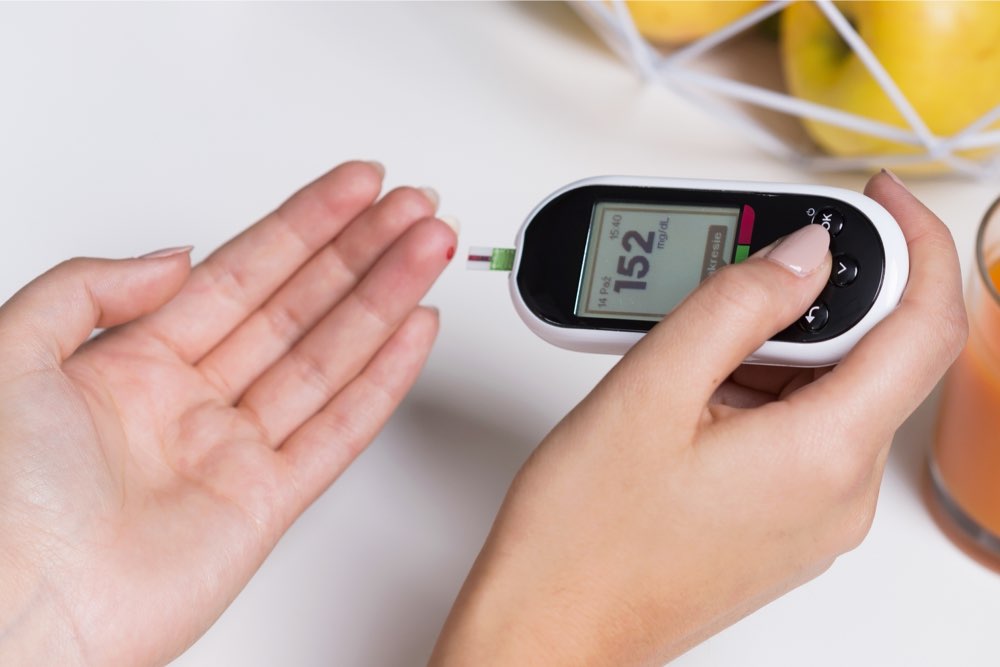Comprehensive Guide to Maintaining Healthy Blood Sugar Levels Through Lifestyle Changes
This comprehensive guide explores essential lifestyle strategies for maintaining healthy blood sugar levels. It emphasizes managing carbohydrate intake, regular exercise, stress reduction, quality sleep, and consistent blood glucose monitoring. These practical tips help prevent diabetes complications and promote overall health, making them valuable for those at risk or managing diabetes. Implementing these habits can lead to better blood glucose control, improved energy, and long-term wellness.

Comprehensive Strategies for Stable Blood Sugar Management
Maintaining optimal blood sugar levels is vital for overall health and is particularly crucial for individuals living with diabetes or those at risk. Proper regulation of blood glucose helps prevent complications such as cardiovascular diseases, nerve damage, and kidney issues. Fluctuations in blood sugar can often stem from hormonal imbalances, dietary choices, sedentary lifestyles, or stress. The good news is that making targeted lifestyle modifications can significantly improve blood sugar control, promote wellness, and reduce reliance on medication in some cases. This detailed guide explores the most effective lifestyle strategies to support stable blood glucose levels through everyday habits.
1. Manage Carbohydrate Intake for Better Blood Sugar Control
Carbohydrates are the primary source of energy for our bodies; however, their intake must be carefully managed to prevent blood sugar spikes. Consuming excessive amounts of carbs, especially processed or refined sources, can lead to rapid increases in blood glucose levels. Identifying and limiting foods high in glycemic index such as sugary snacks, white bread, sweetened beverages, and baked goods made with refined flour is essential. Instead, focus on complex carbohydrates like whole grains, legumes, and fiber-rich vegetables that digest more slowly, helping to maintain steady blood sugar levels.
To create balanced meals, aim for a plate that consists of half non-starchy vegetables and fruits, a quarter lean proteins, and a quarter whole grains or starchy vegetables. Spreading carbohydrate intake evenly throughout the day and consuming them earlier in the daytime can help your body process the sugars more effectively, reducing the likelihood of nighttime glucose spikes.
Implementing portion control, reading food labels vigilantly, and planning meals in advance are practical ways to keep carbohydrate consumption in check. Healthcare professionals or dietitians can offer personalized guidance tailored to individual health conditions and lifestyle needs.
Fruits, grains, dairy products, and starchy vegetables constitute the main sources of dietary carbohydrates. Choosing high-fiber options and monitoring portion sizes are key steps to prevent excessive blood sugar increases. Incorporating a variety of food groups ensures adequate nutrient intake while maintaining blood sugar stability. Timing carbohydrate-rich foods earlier in the day allows your body to utilize these nutrients more efficiently, leading to better glucose regulation throughout the day.
2. Incorporate Regular Physical Activity to Enhance Insulin Sensitivity
Individuals can choose from a broad spectrum of activities according to their preferences and fitness levels—walking briskly, cycling, swimming, jogging, dancing, or participating in sports. Even incorporating movement into daily routines, such as taking the stairs, standing more often, or doing household chores, can make a meaningful difference.
Developing a consistent exercise schedule, aiming for at least 150 minutes of moderate activity weekly, improves cardiovascular health, supports weight management, and helps prevent related conditions like hypertension and dyslipidemia.
3. Effectively Manage Stress to Support Blood Sugar Stability
Adopting stress reduction techniques such as mindfulness meditation, deep breathing exercises, yoga, or engaging in hobbies like gardening or reading can mitigate these effects. Regular relaxation practices not only help stabilize blood sugar but also improve mental health and overall life satisfaction.
In times of stress, it's tempting to reach for comfort foods high in sugar or unhealthy fats. Instead, cultivating healthier coping mechanisms and maintaining a balanced diet support better blood glucose control and resilience.
4. Prioritize Healthy Sleep Patterns for Hormonal Balance
Establishing a relaxing bedtime routine—such as winding down an hour before sleep, avoiding screens, limiting caffeine and alcohol intake, and creating a comfortable sleeping environment—can improve sleep quality. Maintaining consistent sleep and wake times reinforces your circadian rhythm, which plays a key role in metabolic health.
Adequate sleep combined with stress management and a healthy diet creates an optimal environment for blood sugar stability and general wellness.
5. Regularly Monitor Blood Sugar to Detect Fluctuations Early
Routine testing, such as fasting blood glucose or HbA1c measurements, offers valuable insights for healthcare providers to tailor treatment plans. Early detection of abnormal levels allows for prompt lifestyle modifications or medical interventions, reducing the risk of complications.
Educating oneself about blood sugar patterns, keeping a detailed log, and working with healthcare professionals are essential steps toward achieving optimal glucose control and minimizing health risks.
Implementing these five lifestyle strategies—controlling carbohydrate intake, engaging in regular exercise, managing stress, maintaining quality sleep, and consistent monitoring—can dramatically improve blood sugar stability. These practices not only mitigate the risk of developing diabetes-related complications but also enhance overall health, energy, and quality of life. Taking proactive steps today can pave the way for a healthier, more balanced future.





